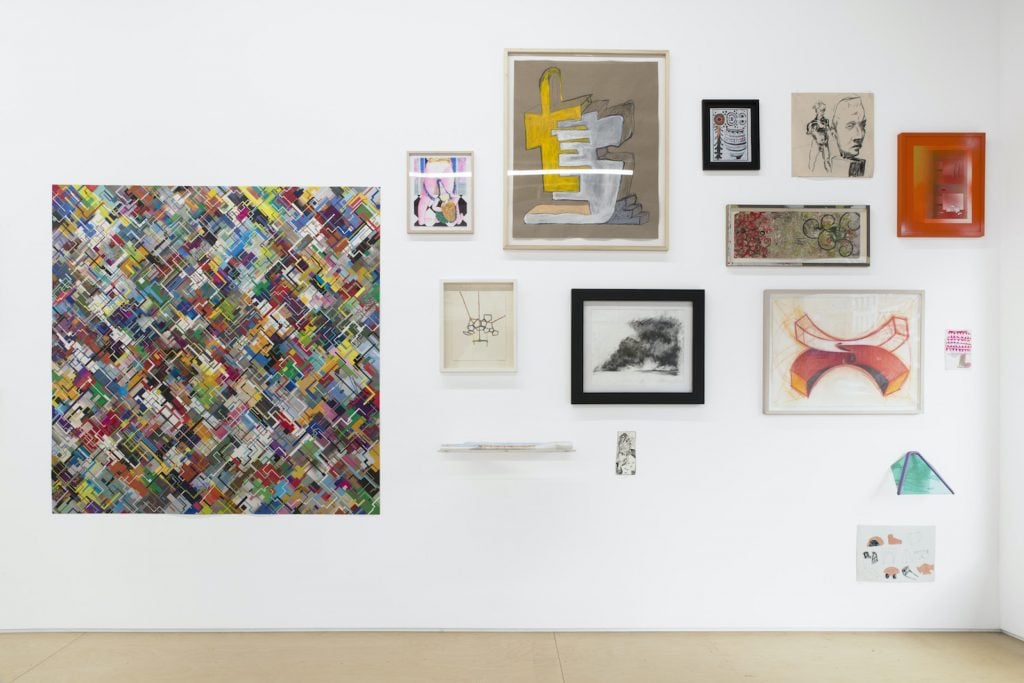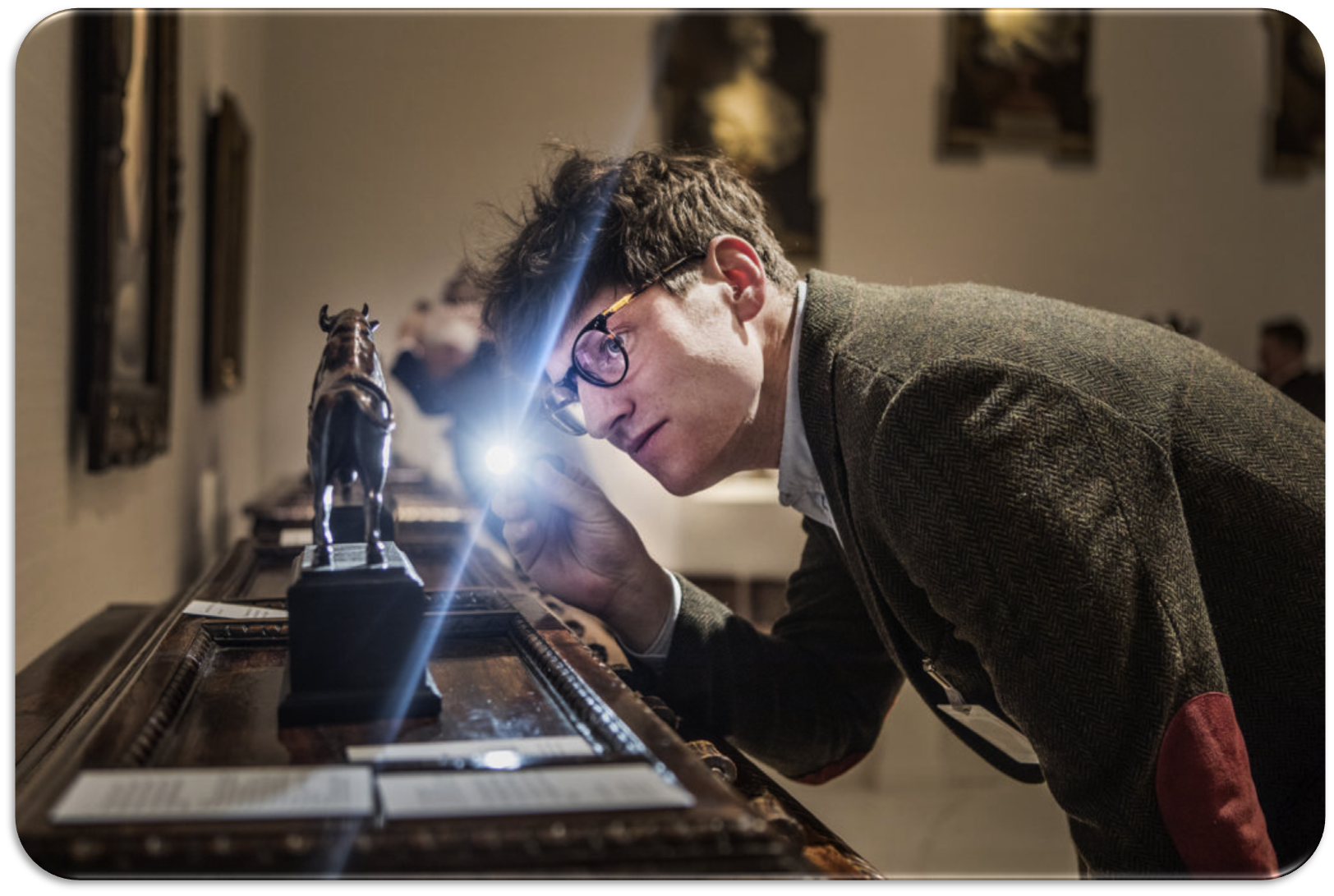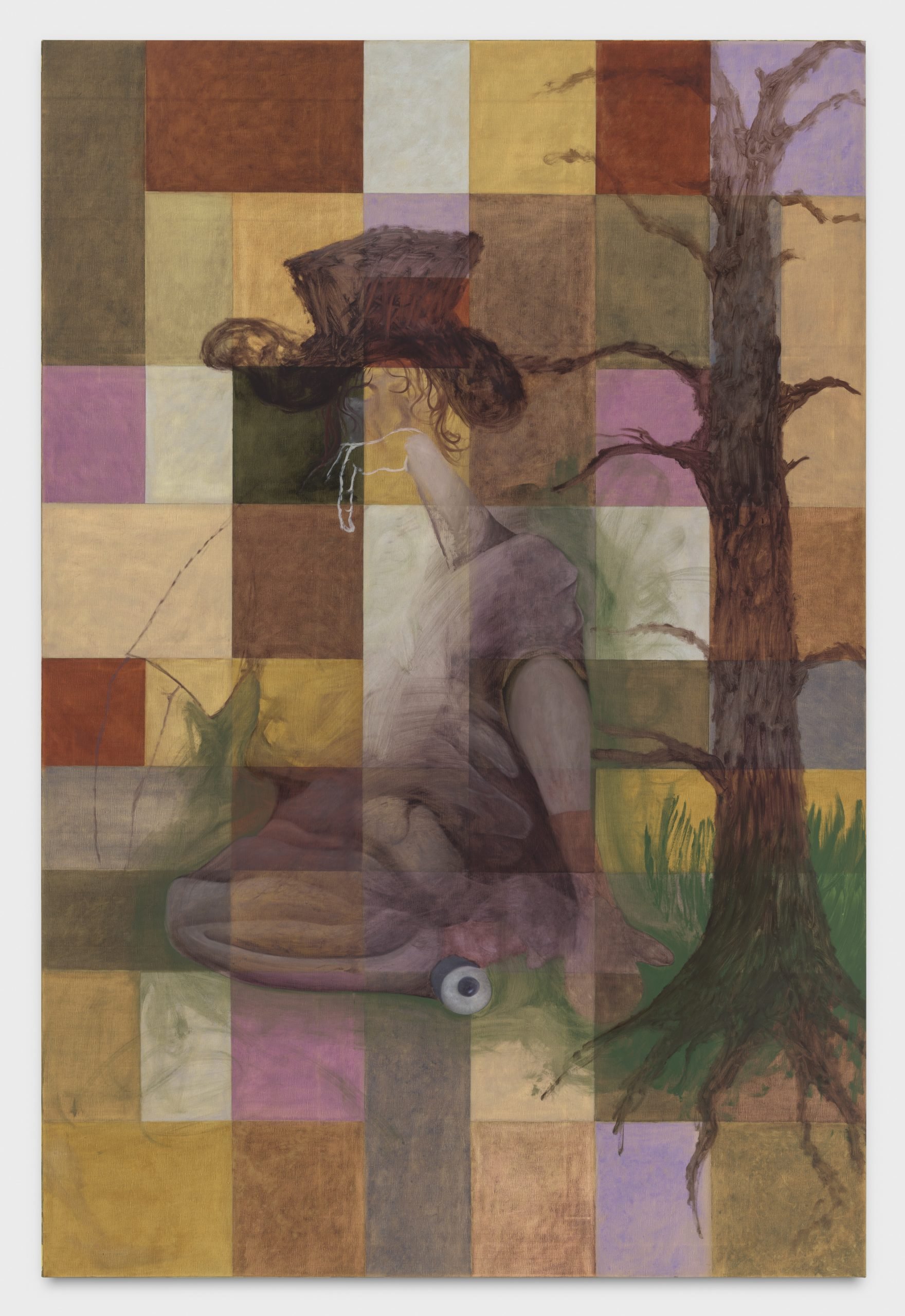Every week, Artnet News brings you The Gray Market. The column decodes important stories from the previous week—and offers unparalleled insight into the inner workings of the art industry in the process.
This week, collapsing old categories and raising new prospects…
INTO THE GREAT WIDE OPEN
In nine years of writing the Gray Market, I’ve spent more time than is probably healthy trying to sift through the complex relationship between how artists think about their own practices, how their work gets presented by the people trying to sell it, and how those first two components impact what the public values (or doesn’t) about the artwork in front of them.
A New York gallery show now in its final days (as of publication time, anyway) rekindled those foundational questions for me, while also offering useful ideas for anyone trying to solve the grand puzzle of how art and commerce fit together today.
That show is “Drawings by Sculptors,” on view at Helena Anrather gallery on the Bowery through February 11. Curated by sculptor Carl D’Alvia, the exhibition seems to offer a straightforward premise, crystallized in its title: It is a selection of objects all made in the same particular two-dimensional medium, by a group of artists who primarily define themselves by working in three dimensions.
The magic trick of “Drawings by Sculptors,” however, is the way it almost immediately disintegrates the concept that felt so firm underfoot, leaving viewers floating in a space of expansive possibilities for both art and the way art might move through the world.
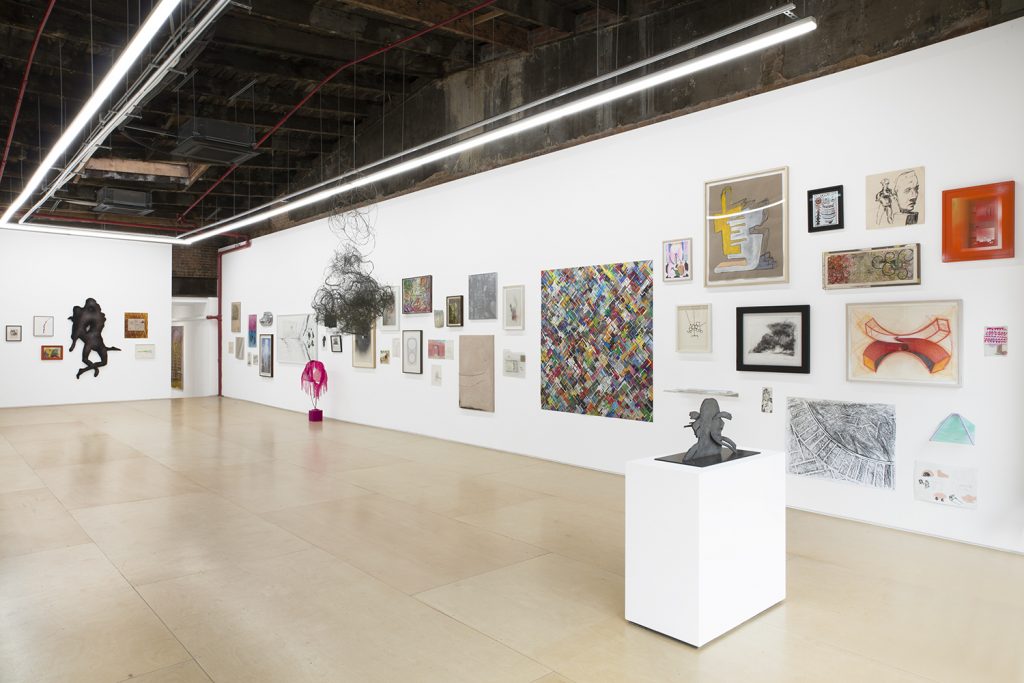
Installation view of “Drawings by Sculptors” at Helena Anrather gallery. Courtesy of Helena Anrather.
The exhibition, a salon-style hang of 91 drawings by 84 artists, wraps around Anrather’s large front gallery space, undulating from floor to near-ceiling at times. But the install doesn’t just ask viewers to be flexible and considered in their physical intake of the works; it also asks them to be just as flexible and considered in their thinking about what the concepts of “drawing” and “sculpture” mean. In this sense, the exhibition opens the door to a larger question about art, the art world, and life in general: How much of importance gets lost when we accept simple classifications for anything at face value?
Anrather said in a phone interview that the show’s subtext was simultaneously straightforward and complex: “What is sculpture in 2023?” In their conversations over the past year or more, she and D’Alvia decided to take an expansive approach. “Today, sculpture can be almost anything,” she explained. “We thought perhaps looking at drawing was an interesting way of understanding what it is or isn’t, the artificialness of the category.”
This dance between the malleability of categories and the search for meaning has been on my mind a lot when it comes to communicating what any given artist does circa 2023. I scan dozens of press releases every week, and if humanity had to install a solar panel every time someone was described as an “interdisciplinary” or “multidisciplinary” artist, the green energy revolution would have been complete years ago. By this point in the 21st century, the number of artists who work across multiple media vastly outweighs the number who specialize in just one.
To me, that’s good for contemporary art and culture, because it widens the scope of how and where creative people can do meaningful work. But it also reduces the value of a term like “interdisciplinary” to zero, making it harder to distill any artistic practice into a story that’s both digestible and compelling enough to snare interest in an economy where everyone is increasingly short on time and attention.
“Drawings by Sculptors” manages to square the circle, at least in my mind. So it’s worth taking the time to unpack why and how.
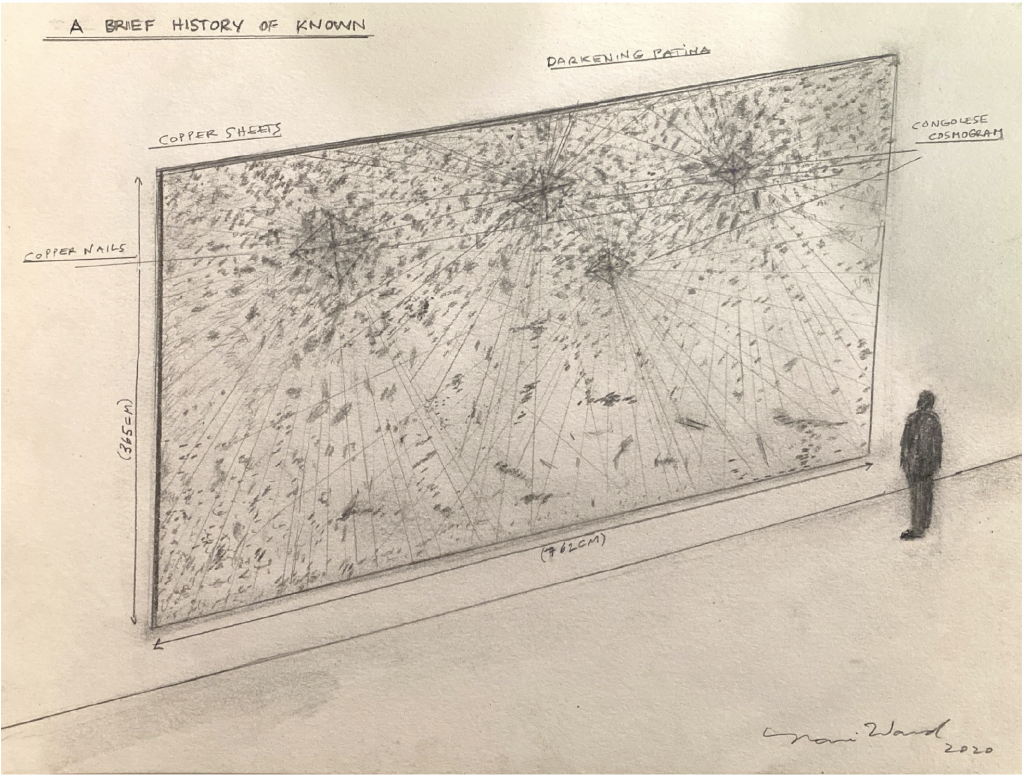
Nari Ward, A Brief History of Known (2020). Courtesy of Helena Anrather.
SECRET (ART) HISTORY
In terms of starting points, Anrather traced a line from “Drawings by Sculptors” back to Rosalind Krauss’s landmark 1979 essay “Sculpture in the Expanded Field.” There, Krauss argued that we could only apply the label “sculpture” to the works being made at the time by Robert Morris, Mary Miss, Robert Smithson, and others—works that were often about disrupting landscapes or architecture rather than creating discrete monument-like forms within them—if we opened our minds to the notion that “sculpting” was no longer defined by the use of a certain medium or certain materials. Instead, sculpting in a postmodern era had transformed into the act of exercising “logical operations on a set of cultural terms… for which any medium might be used.”
To paraphrase for people like me who didn’t go to grad school: Krauss’s gambit was essentially that an artist became a sculptor in an “expanded” sense by loosening a viewer’s grasp on the meaning of accepted ideas in the world around them. For instance, when Richard Long created a new path in some natural terrain by walking through it, the result was a sculpture—even if the only visual record was a photograph. Why? Because he transformed a nameless portion of a wild landscape into a “marked site” that suddenly had a new significance. In other words, he took nowhere and sculpted it into somewhere, at least among an avant-garde art audience.
“Drawings by Sculptors” extends the inquiry further. It turns an eye toward how concepts of sculpture have broadened even more in the years since Krauss’s essay, specifically by putting drawings under a similar microscope. If artists have been able to frame almost anything as a sculpture over the past four decades and change, then how has this expansion affected what they think of as a drawing? And how have any changes to what they consider drawing echoed back onto what they consider sculpture?
Numerous works in the show demonstrate how porous the boundaries between disciplines have become. Kristin Walsh’s contribution, Engine Drawing No. 1 (2022), is a metal “guide” piece resurrected from her scrap pile and polished to a high sheen after being used to help fabricate another sculpture. Josh Kline’s Supplements (2022) packs a plexiglas box full of capsules made of crushed iPhones. Darren Bader’s epilogue (n.d.) is a mysterious rolled sheet of paper with a Q.R. code that links to a webpage with one install shot from each of his past eight shows (including “Drawings by Sculptors”).
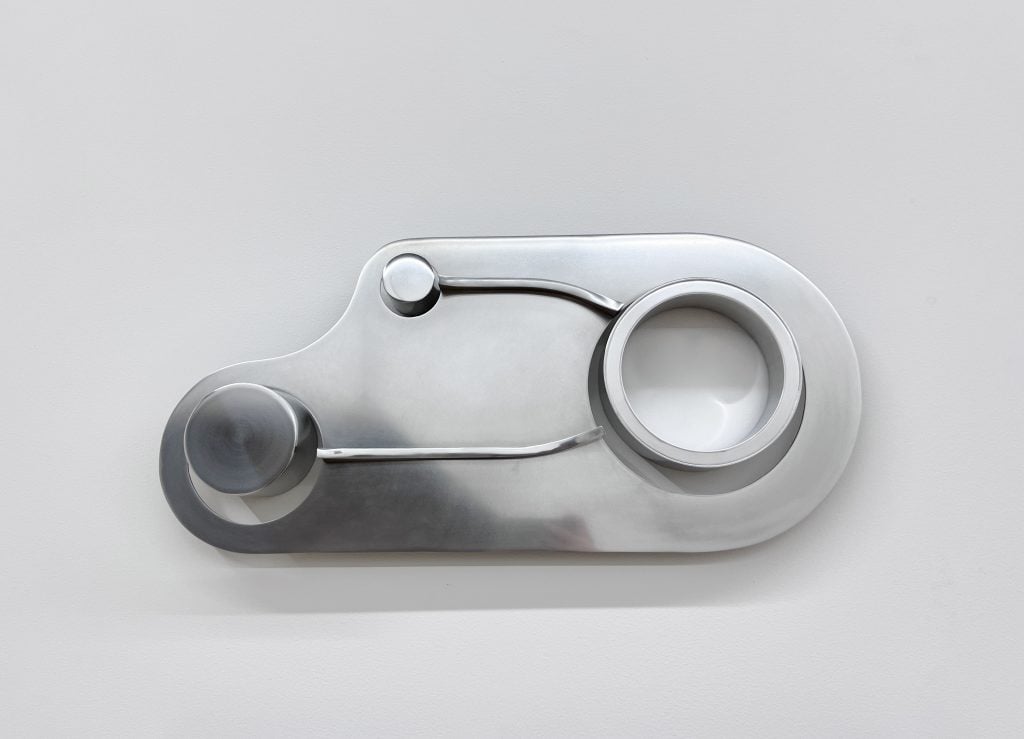
Kristin Walsh, Engine Drawing no. 1 (2022). Courtesy of Helena Anrather.
So much of what interests me about the exhibition, however, is its approachability. In addition to the down-to-earth show title, the press release for “Drawings by Sculptors” consists of two crisp paragraphs (excluding the “Helena Anrather is pleased to present…” line.) The first paragraph is grounded in D’Alvia’s personal realization that he had recently begun thinking about drawing and its fit with his sculptural practice in a different way, followed by his curiosity about how other sculptors he knew and admired thought about the relationship between the two mediums. The second paragraph is a concise overview of the resulting show: the rough number of works included, the time period over which they were made, some general categories of drawing they fit into, and a note about the symbioses they reveal between two disciplines and multiple generations of artists.
That’s it. The whole exercise takes up barely more than 200 words. There are zero mentions of Krauss, October (the journal of dense-as-a-dying-star art theory where she published “Sculpture in the Expanded Field”), or any concepts ending in the suffix “–ology.” It sounds like a show that anyone even mildly interested in art could wander into for 10 minutes on their way to lunch and leave feeling lighter, rather than one destined to make them feel like their head had been forced into a helmet two sizes too small for several hours.
No wonder Anrather said “Drawings by Sculptors” was probably the gallery’s best attended exhibition since moving to the Bowery.
To me, the lesson is that you can stage a smart exhibition with a rich theoretical underpinning without presenting it as if it will only be legible to people in tweed blazers with elbow patches. At the same time, there’s more to its magnetism than just an easygoing title and press release.
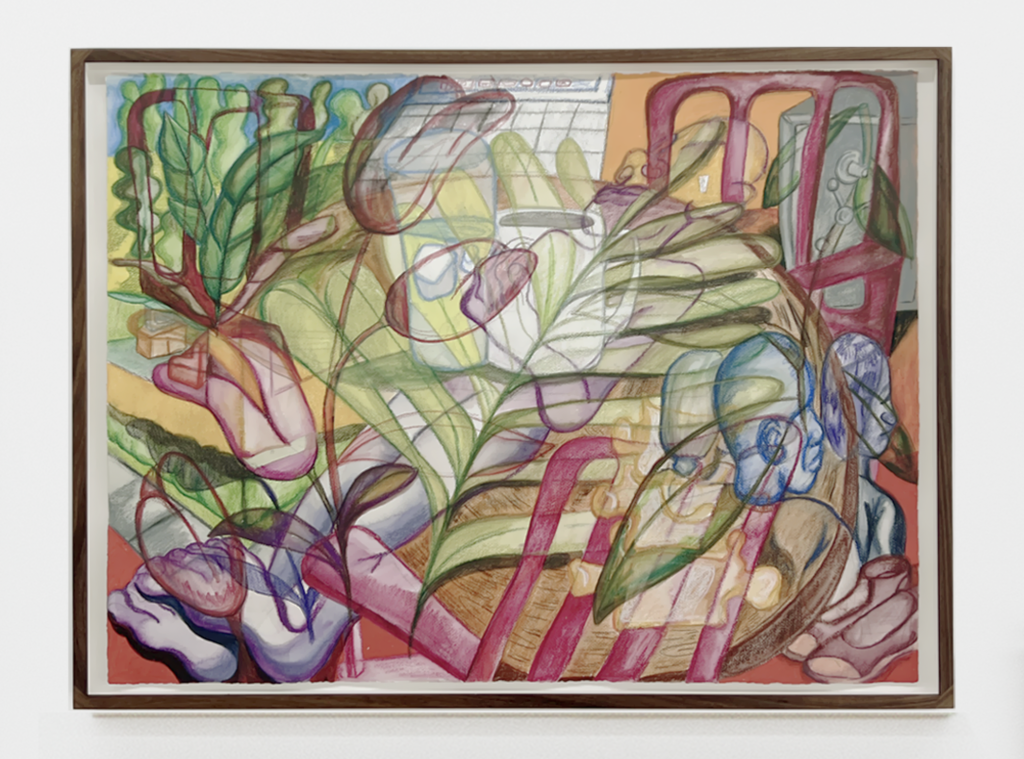
Woody De Othello, Lately (2022). Courtesy of Helena Anrather.
ALL IN TOGETHER NOW
The casual vibe of “Drawings by Sculptors” is even more noteworthy because the quantity and quality of artists are biennial-level. The show includes living heavyweights like Huma Bhabha, Mark Leckey, and Nari Ward; rising stars like Marguerite Humeau, Brandon Ndife, and Woody de Othello; deceased greats like Richard Artschwager, Christo, and Claes Oldenburg; contemporary boundary-pushers like Bader, Nikita Gale, and Danh Vō… and approximately 70 other artists branching off in diverse directions.
The possibilities were almost endless. “There are very few artists who didn’t make drawings,” Anrather said she and D’Alvia learned.
One sneaky benefit of looking outside these artists’ (alleged) primary mode of working involved radically reducing the amount of space required. “If we were showing all of their sculptures, that would probably take up an entire museum,” Anrather said. But by focusing on drawings (no matter how expansive their forms might be), she and D’Alvia were able to comfortably fit all 91 works in the main section of her roughly 2,500-square-foot gallery. (A solo exhibition by Chinese-born, New York-based painter Breeze Li occupies the project space.)
The livability of the works in “Drawings by Sculptors” also changes the market equation for many of the artists involved. Accommodating even small three-dimensional works is a tough task for most art buyers who can’t bankroll their own dedicated exhibition space. Sculptures take up a lot more real estate than paintings or photographs. They often need pedestals or other special supports to be displayed well. Even then, they’re more vulnerable to damage, because they’re almost always jutting into or sucking up functional space. (Prayers up if you want to collect sculptures and raise kids or own pets, let alone do all three.)
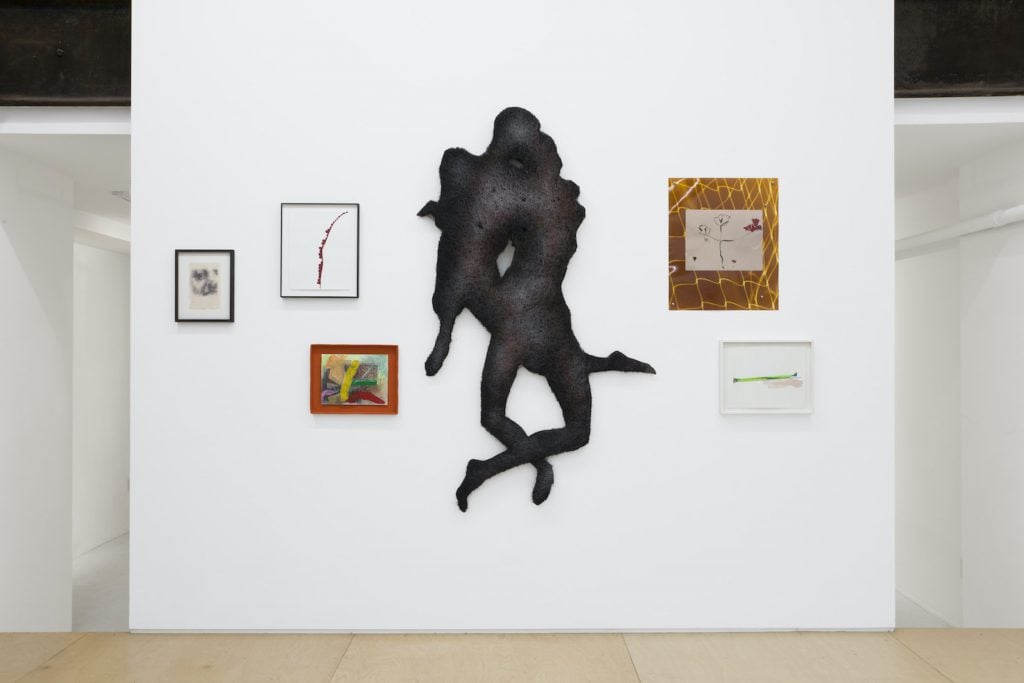
Installation view of “Drawings by Sculptors” at Helena Anrather gallery. Courtesy of Helena Anrather.
But the show’s advantage isn’t just spatial. Acquiring drawings tends to be far easier on a collector’s finances than buying sculptures, too. Prices for the works in “Drawings by Sculptors” range from as little as $350 to as much as $350,000. (Of the 91 works on view, only three are not for sale.)
“Drawings are very easy to collect and very easy to put into any narrative about your collection, I think,” Anrather said. “Sculpture is prohibitive for a lot of collectors, and so this can be a fun way to access work by an artist they admire but couldn’t otherwise get.”
In art market chatter, you sometime hear about the rise of so-called “cross-collecting.” That’s industry jargon for when a collector buys art outside of their core area of interest—when someone specializing in video art buys a painting, or someone who has traditionally collected Old Masters goes contemporary. It’s a real phenomenon that ebbs and flows, but I also think that something about the “cross-collecting” conversation feels behind the times.
Why? Most of the collectors I’ve encountered in my years as a journalist and as a gallery professional have always bought whatever artwork moves them, no matter its era or genre or material identity. My sense is that medium- or period-specific collecting has long been the minority, a niche within a niche that doesn’t particularly connect with the mainstream eclecticism of contemporary taste, which tends to privilege being broad over being deep.
For collectors to be able to hold their purchases to strict categories, they need the categories themselves to hold together first. “Drawings by Sculptors” shows that art, and the people who make it, are a long way past that point by now—and that there’s both beauty and opportunity in that.
That’s it for this week. ‘Til next time, remember: it’s impossible to know how sturdy a thing is until you scratch beneath its surface.
Follow Artnet News on Facebook:
Want to stay ahead of the art world? Subscribe to our newsletter to get the breaking news, eye-opening interviews, and incisive critical takes that drive the conversation forward.
